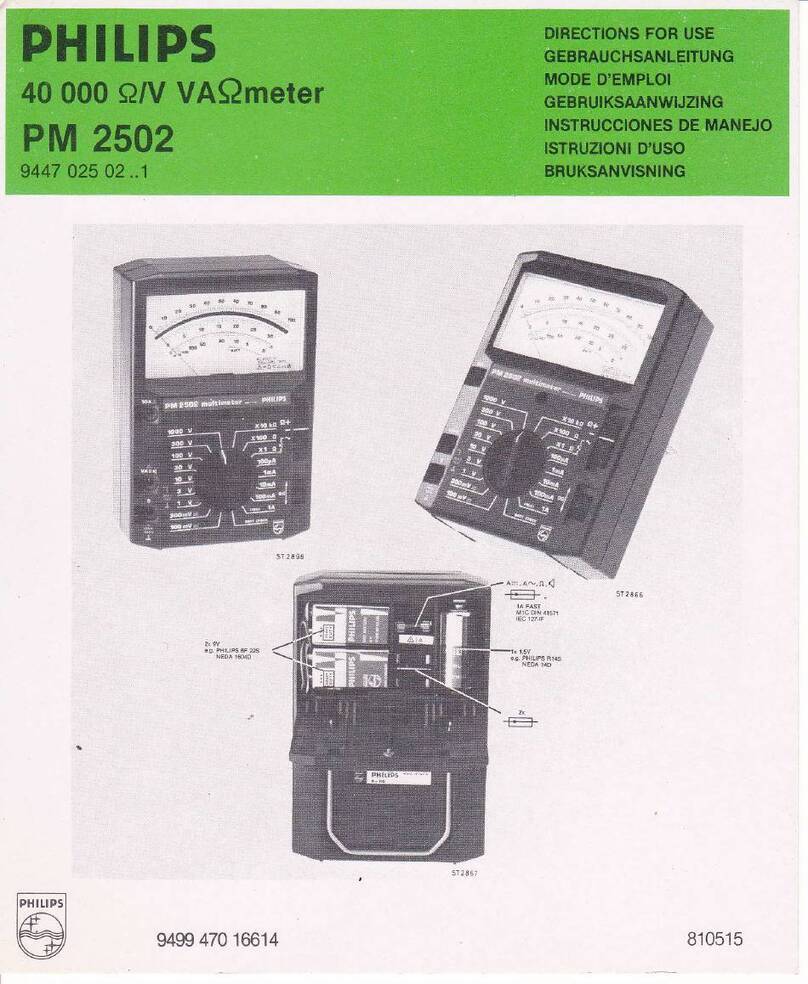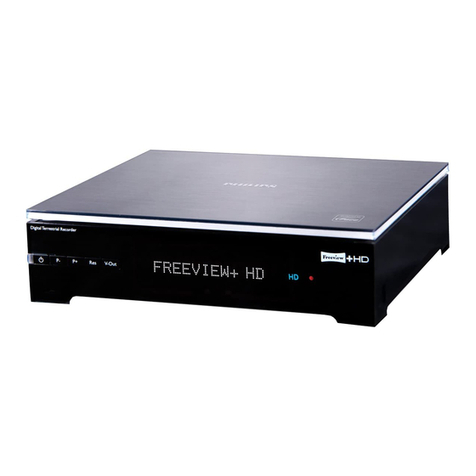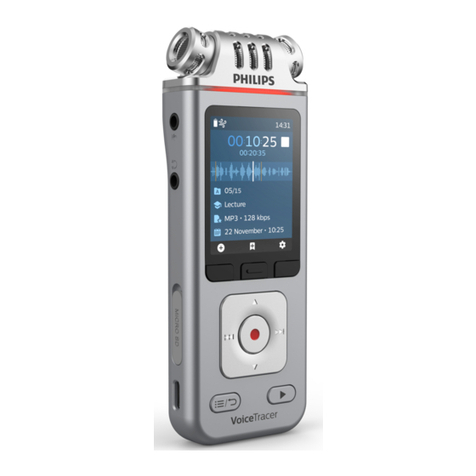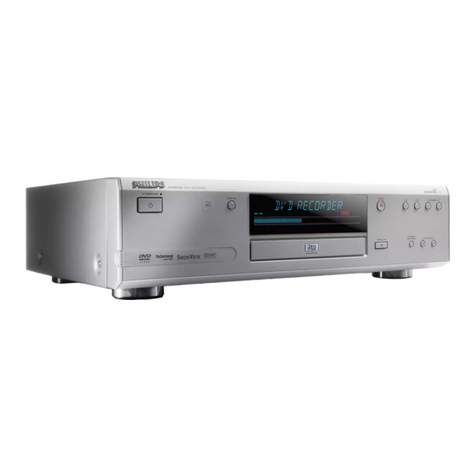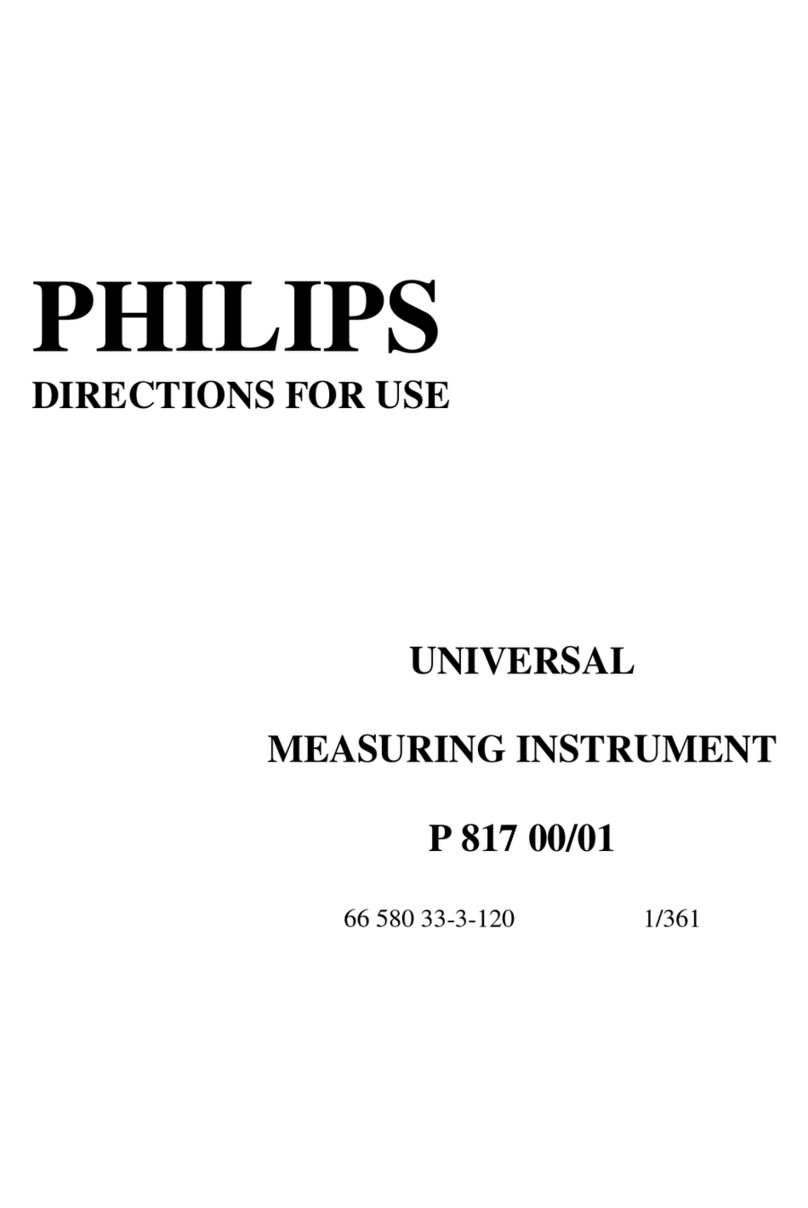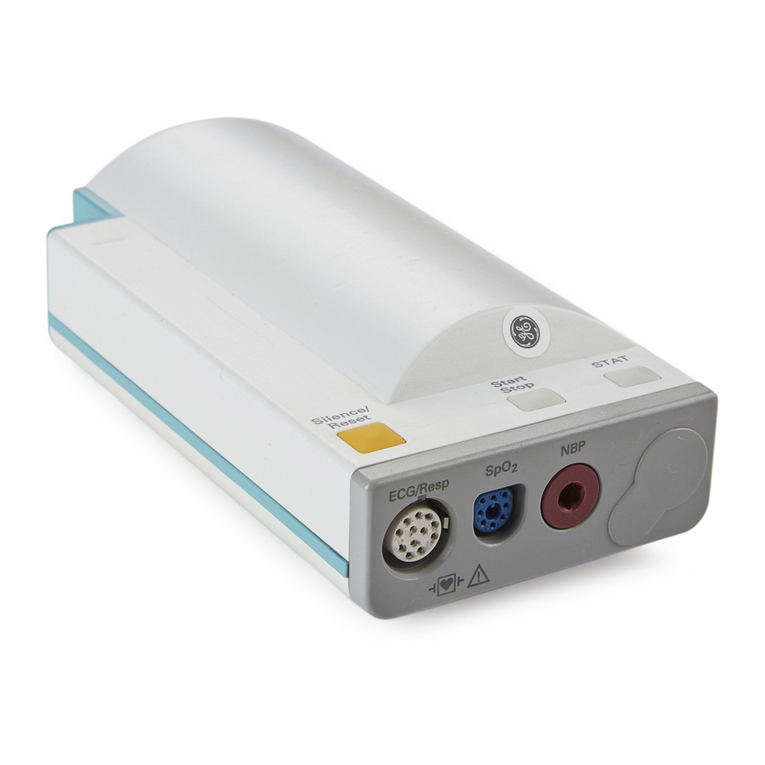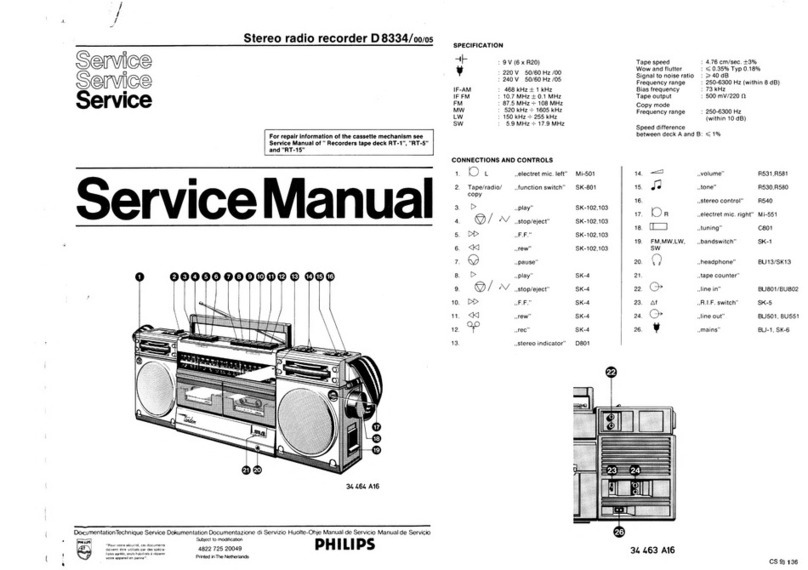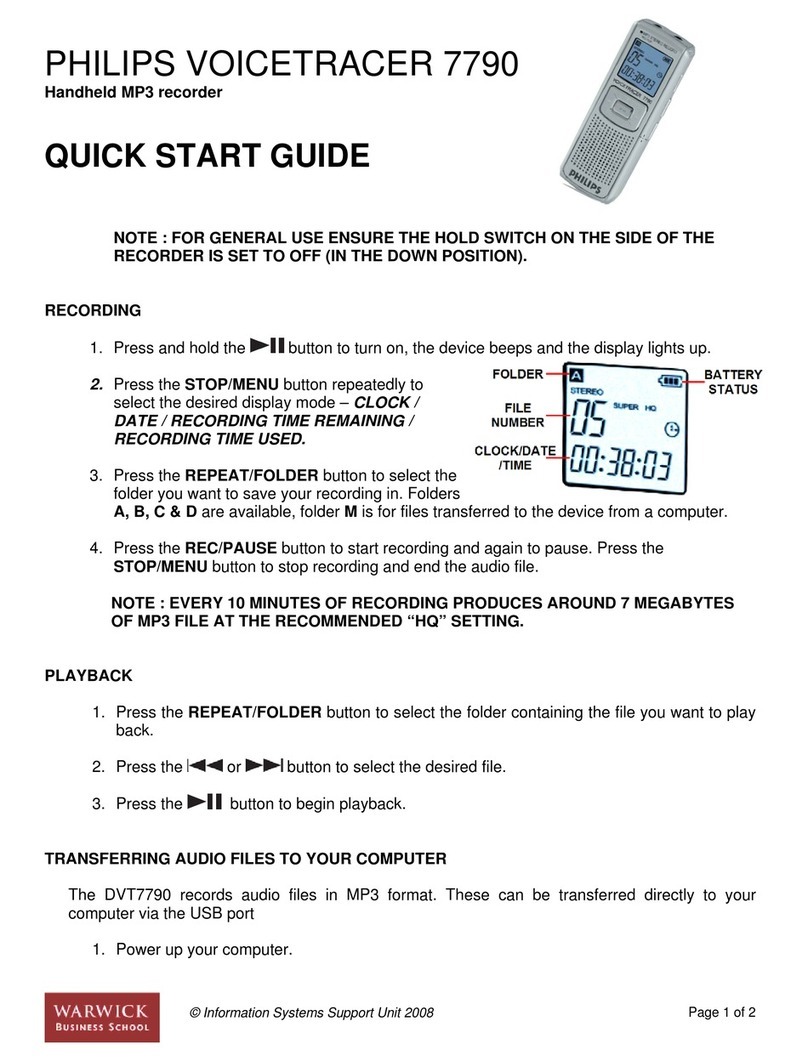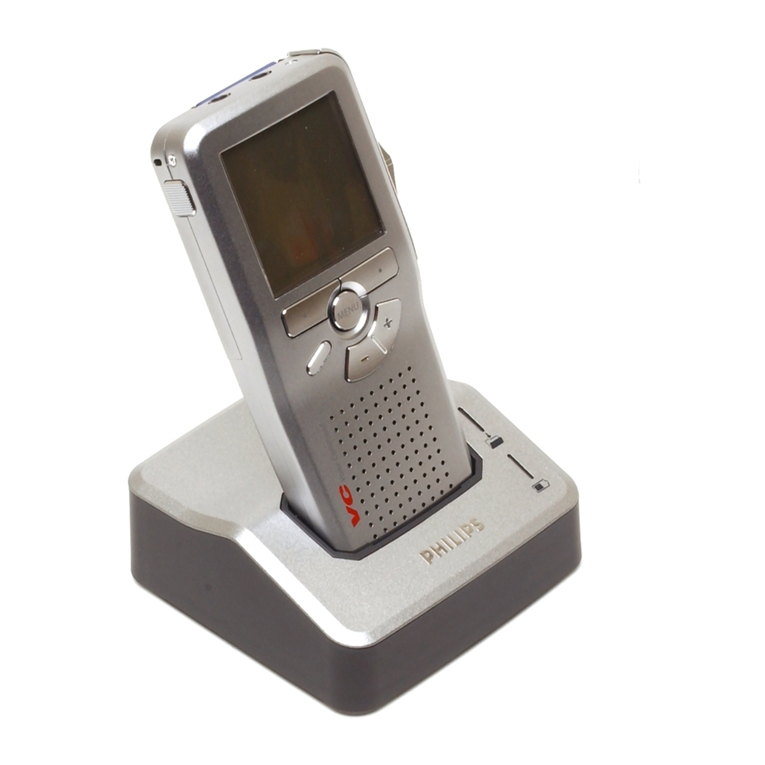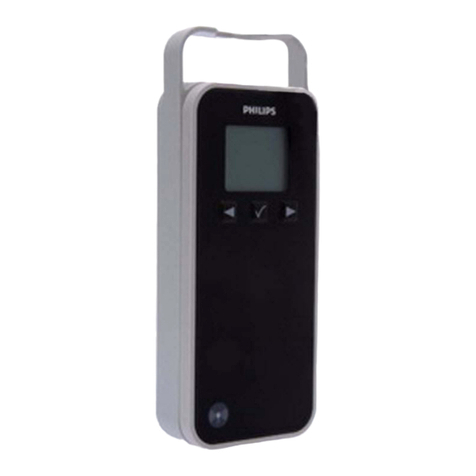
3-2
OPERATING
AND
MEASUREMENT PRINCIPLE
PM
6303A
3.2
MEASUREMENT PRINCIPLE
The
component
measurement
Is
based on the so-called current and vottage technique.The compo-
nent vohage and after that the component current ara measured and converted into binary values.
From these values the
CPU
calculates the ektdrica! parameters at the component. According to the
front panel parameter selection, etther the dominant component
Is
automatically displayed
(AUTO) -resistance. capadtance or inductance-or the sektcted parameter
Is
displayed.
Each measurementcycle lasts approx.0.5
S8oonds
. It comprises 5singkl measurements, the results
of
which are stored
and
arithmetically evaluated.
Anal!y
they are transferred
to
the
display, S98 fig.2.
The 5 single measurements are
as
follows:
1. Reference measurement.
Althabeginningofeach measurementcycleareferencemeasurement
Is
performed, withtheoutputof
the programmable amplifiergrounded, caused by low
Signals
PAl, PA2 at pins
1,
2 of the micro-pro-
cessor
0315
.
The
programmable amplifier
is
setto gain
xO
.
1.
Afteradelaytime of50 msforeach ofthe
single measurements, necessaryforsettlingofthezero
contr~
andband-passfltter2,Bmeasurement
without 1kHz signal
Is
performed, comprehending all failures within the signal path from multiplexer
0103to the
AJO
converter.Thecountercontents oftheAID conversion atthe end ofthis measurement
serves
as
reference for the subsequent 4 measurements.
2.
O·
voltage measurement:
The voltage at the component
is
measured.
The switchi
ng
phase of the phase sensitive rectifler
Is
0·
.
For voltage sensing at thecomponentthe Inputs of the differential ampltfter are connected via the VII
selector.multiplexer 0101 ,to themeasurement Input.This is achleved by
kM
signal
VIS
from the
m~
croprocessor 0315.3.The
O·
switchingphase is acttvated
by
low
slgnal'sMct
4t', 0315.
14
.Thegain
ofthe progranmatNeampttfierls set to
xO
.1.Atter5mssettlingtimeforthe 1kHzsignaltheoutputofthe
level detectorls sensed,OVR 0315.12.
tf
nooverrange
Is
detected, thegain
Is
set to
xl;
the level de-
tectorlssensed again.
tf
nowoverrangeis detected,the gain
Is
set backtoxO.l and an
AJO
conversion
Is
started, 0315.5. For low-ohmic components the maximum gain
xl0
Is
set and, if
no
overrange
Is
detected, the measurement
Is
performed.
3.
90·
vottage measurement:
The voltage at the component
Is
measured.
The switching phase of the phase sensitive rectifler
Is
90·
.
The gain of the programmable amplifktr is not shered with respect to the
O·
v~tage
measurement.
An
AJO
oonverslon is performed.
4.
o·
current measurement:
The current through the component is measured.
The inputsofthedifferential
ampUfMK'
are swttchedovertotheouputofthecurrentto
vottage
converter.
The switching phase of the phase sensitive rectifter
Is
0·
.
The gain
of
theprogrammable ampntieris set to
x.
l and,
as
forvoltage measurement. Increased to
xl
with regard to the level detector. Next, if necessary, the conversion
coeffk::ient
ofthe
IN
converter is
increasedfrom
xl
to
xl
0(highat0315.
4)
andthe
gatn
ofthe
prog
.
ampUfler
Is
Inc::reased
to
xl
0andevt.
set back to
xl
after overrange detection. An AID conversion
Is
performed.
For low-ohmlc components the sequence
Is
slightly different:
Iffor vottage measurementthe gain
was
setto
xl
or xl
0,
theImpedance
Is
In
any case very
low,
result-
ing
in maximum current to flow. The current measurement
Is
perfonned at gain
xO
.l without trial for
gain changing.

